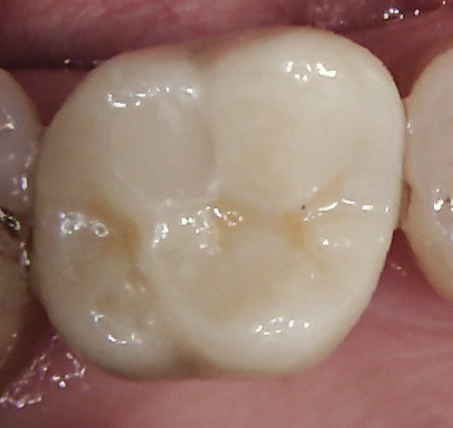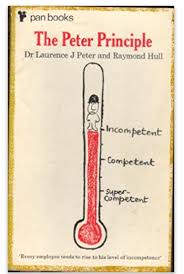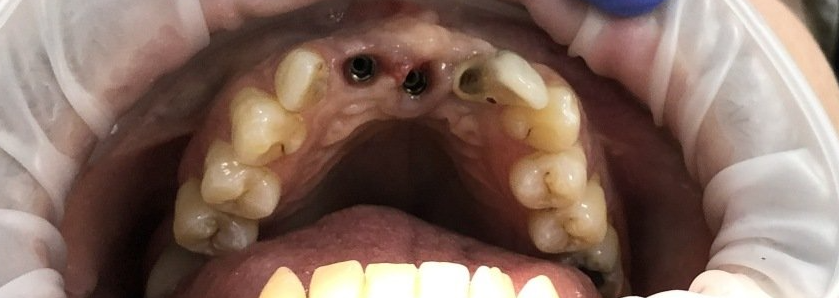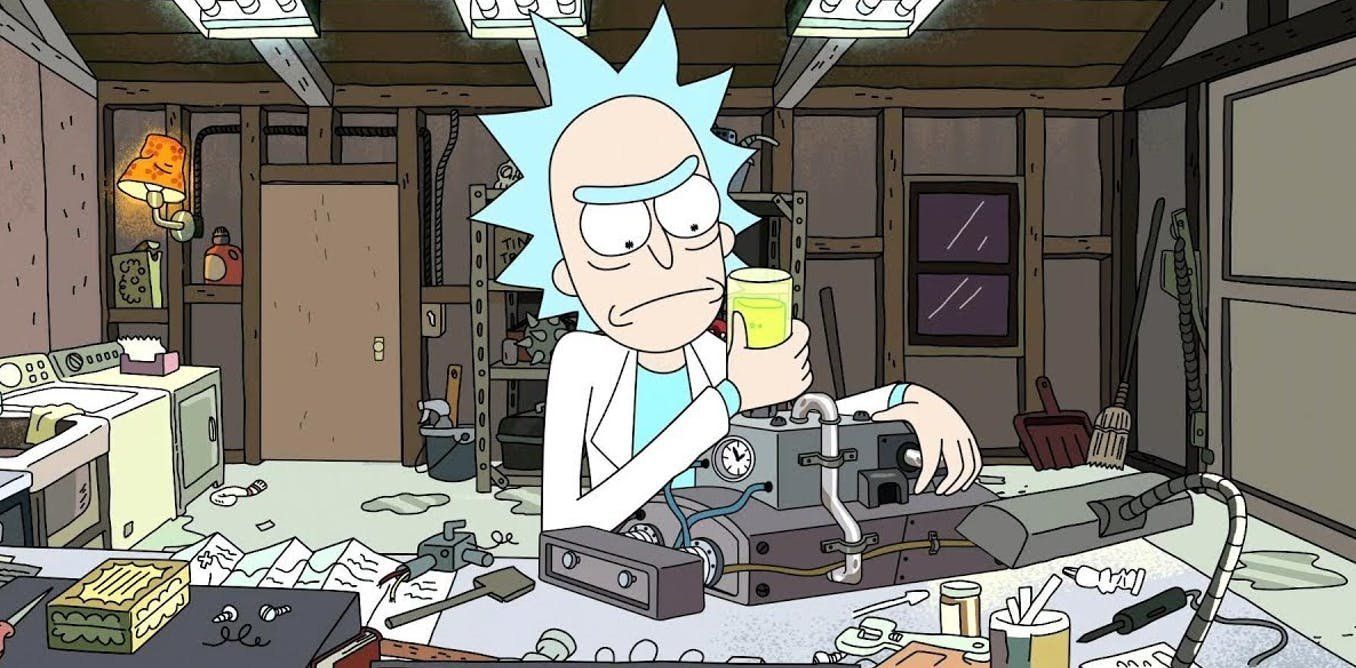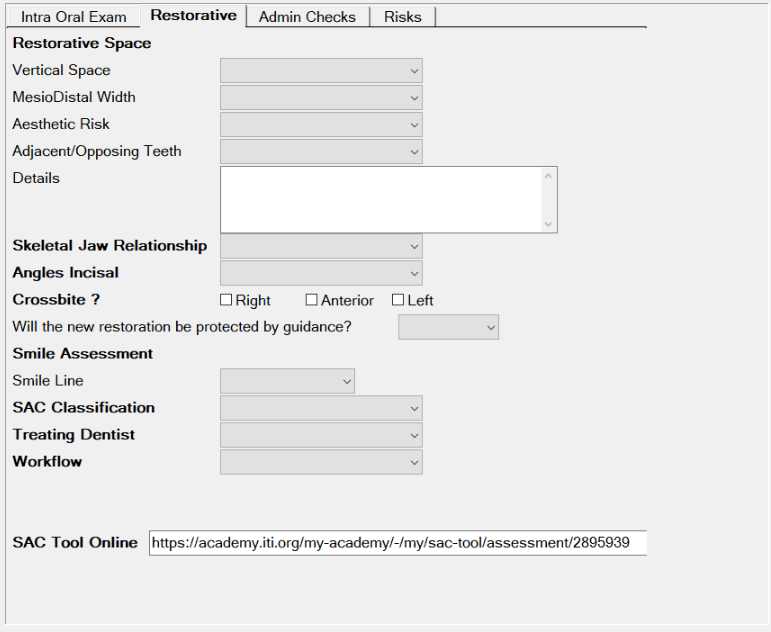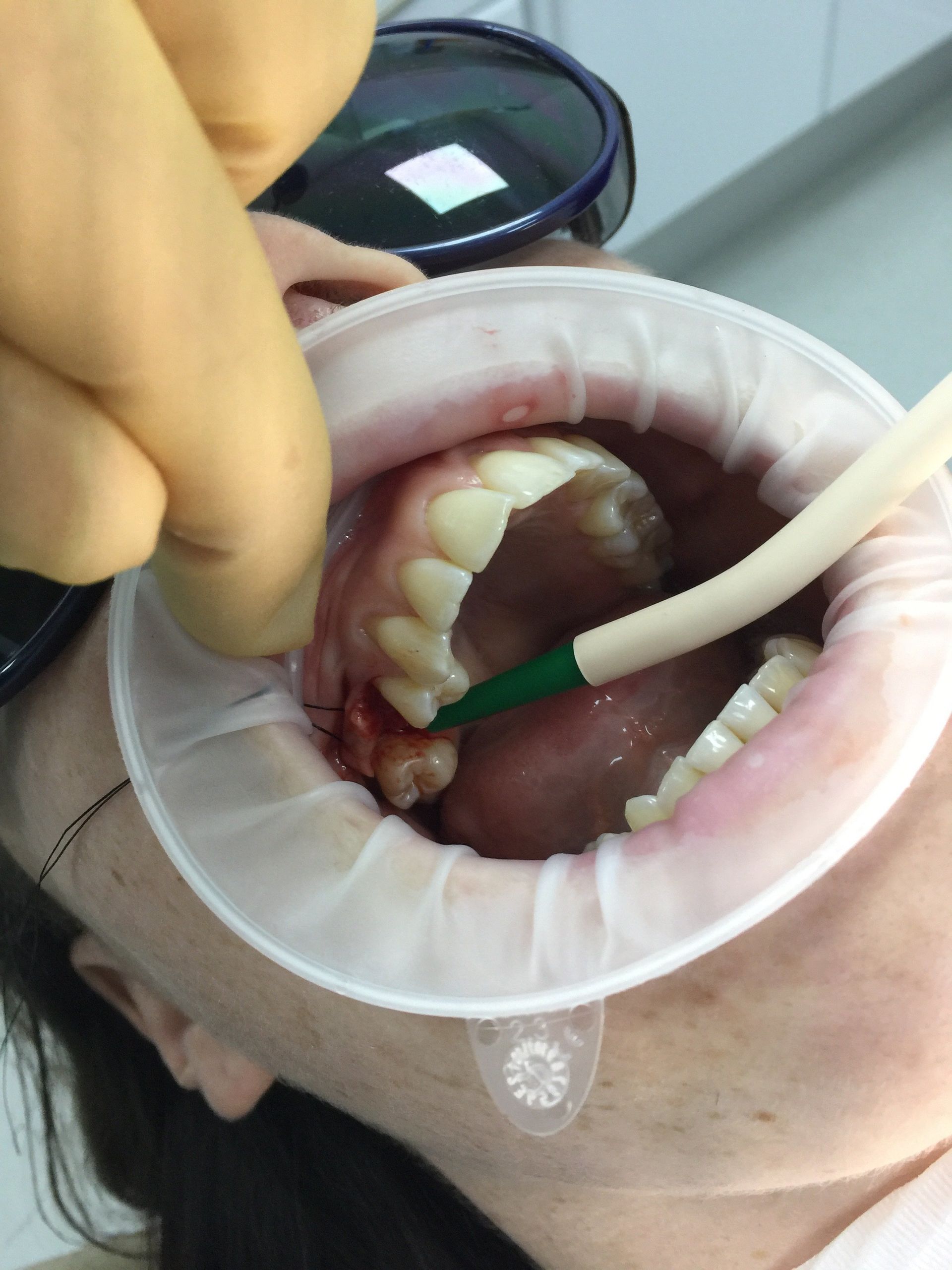Spot the screw-access
How to make screw-down restorations look as good as cementable ones
We all know that screw-down restorations are the best right?
There are more mechanical problems with screw-down restorations (SDR's) when you compare them to cementables and it is really difficult to hide the restorative material that you fill the access cavity with.
Sure cementables have problems biologically in the longer-term if you don't get that perfect seal, or leave a generous helping of cement behind in the sulcus, but it is so much easier to get a good looking result at the fit appointment, and most labs charge less for a cementable!
But you can't ignore that research that keeps reminding you to screw your restorations down.
I am a very keen supporter of screw-down restorations. It is very rare that I turn to cementable solutions and I have to be sure that I won't want to remove the restoration at a later date. I fit everything cementable to implants with Tempbond and still I have problems removing them later on, and patients hate that impact hammer when you are removing them.
So I try to do everything screwed-down.
In the early days you could moan more about how the screws would loosen, fracture and porcelain from around the access channel would fracture. I think you would have to accept that most connections with retaining screws are now so strong when used correctly that this rarely is the case. Sure, you will see patients who have had a loose restoration for the last few months, and "Just need it tightened...", (cue a one hour talk about loose component stress and how difficult it is to get replacement screws for that copy implant that was so cheap to place abroad!), but if you follow a few simple rules you will have very few issues with your own restorations.
Rules about Screw-Retained Restorations
- Plan for screw-retained restoration - Have a thought about where that screw channel is going to exit the occlusal platform and try to avoid working side contacts, this will avoid those annoying porcelain fractures and excessive wear of your screw-access restoration.
- Use Genuine Compatible Parts - Copyright and Patents prevent even milling the same parts and if the bits don't fit on a microscopic level you will get wear, and this can be really difficult to recover from if you tulip-fracture the implant itself!
- "Torque the torque or walk the walk" - If you ignore the advice of an engineer beware the walk of shame when that screw fractures, especially if you are "just doing a tighten". Choose your torque device carefully and make sure it is calibrated if possible. Torque devices can wear and over time will give incorrect values. Make sure you are using the correct values for the system you are using, and that the screws your lab are supplying are genuine. Most premium systems have colour coding but you should make yourself very familiar with the parts catalogue.
- Ask for a one-piece screw-down crown - Don't revert to the old days unless you have to. Keep the restoration simple, you shouldn't need a connecting device or abutment to screw your crown to. The less margins for bacterial ingress the better.
- Go for Zirconia - If you haven't started using zirconia yet, prepare to be wowed! This material looks great because of its translucency, is as strong as a metal base if handled correctly, and the wear is amazing. The best way to use these is with a variobase (tibase). When you have a lab, that is switched on, they can receive a CAD file and mill a pre-drilled block of zirconia, with a long access hole that allows the light to pass through the occlusal 2/3rds of the restoration. This passage of light means that you can pretty much get the shade of the filling material wrong and it will still look natural. This is the secret to hiding the access hole! Gone will be the days of searching for the most opaque and light material that will lift the value of the dark cylinders inside a metal restoration access. The height of the abutment will worry you at first, but you have to trust the engineers and researchers on this one, the design allows for good retention and support and the zirconia crown can cope with the stresses thereafter. We used to do some eMax crowns like this and we did see failures, but zirconia doesn't seem to be the same, but remember rule 2 "Use Genuine Compatible Parts", or prepare to be disappointed.
If you have a genuinely forward thinking laboratory, they won't mind you suggesting this and it may even make their job easier. It's a great way to bring the cost of the restoration down. Great communication could mean that they don't need to pour or print models, and you may be able to supply them with the parts which could add to your leverage with your implant supplier.
Getting the best out of your lab means putting a bit of work in yourself, but that is another blog topic!
Please do post your experiences / thoughts I would love to hear them.
ID Blog

